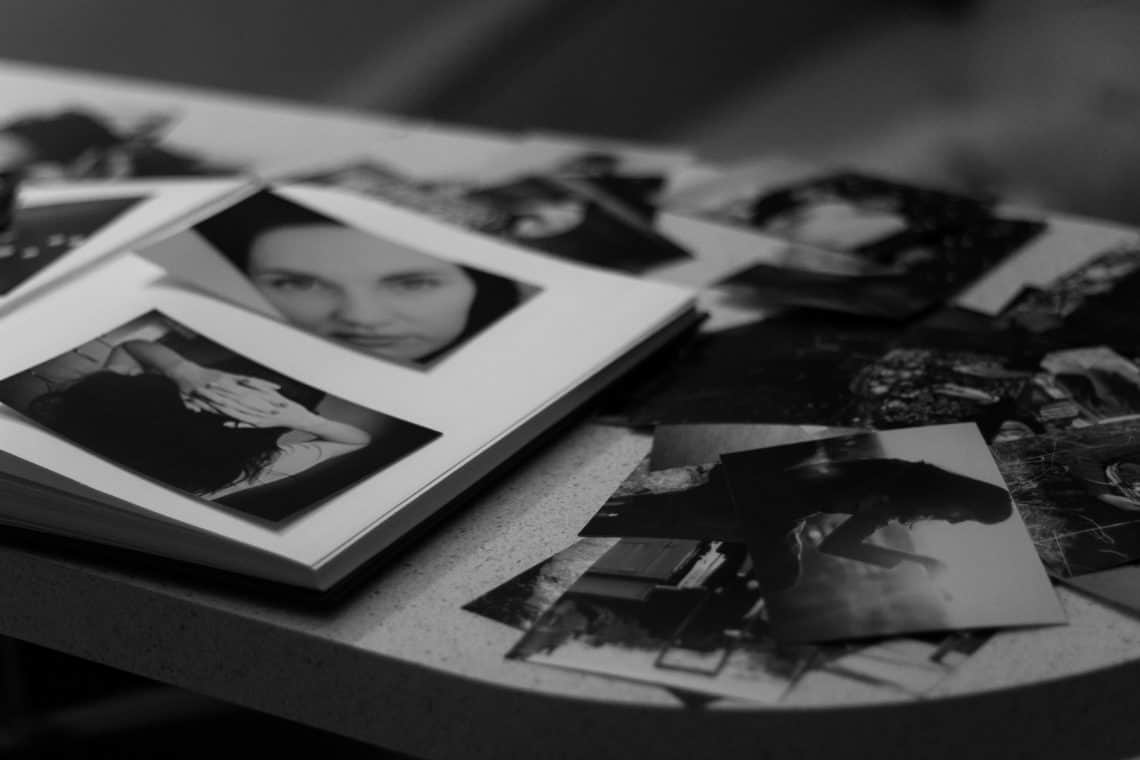Storing your precious family photos properly is key to having them last for generations. Especially if you don’t have the time to scan them, or the money to outsource that task. Sometimes we are blessed with so many memories that it can be really overwhelming get a handle on everything, but I think we can all agree on storing them well, even if they’re disorganized, is really important.
In this blog post, Chicago Photographer Michael Schacht gives us a few key tips that we can all use to help our photos last a lifetime and beyond!
Take it away, Michael…
Storing Aged Photos Properly is the Key to Long-Lasting Memories
Nowadays, digital photography is all the rage as people post and share their pictures on their social media platform of choice. We see people storing them on CDs, memory sticks, external hard drives, or in cloud storage accounts. But before digital technology made photography ubiquitous and more accessible to the public, taking pictures used to involve shooting on film, developing the negatives of the shots you liked, and then printing them on quality photo paper. While a lot of those old photos have since been archived for posterity, many are still stored improperly. As a result, these poorly preserved old photos haven’t aged well over time, which now make them difficult to digitize.
If you haven’t yet scanned your old photos yet, it’s imperative that you at least store your old photos properly to prevent them from deteriorating further. You want to store them as carefully as possible because that’s the key to creating long-lasting memories that you can pass down the generations. Here how you get started!
The Supplies You Need
Improperly stored old photos degrade faster, making them both ugly and useless. The key to making sure that your old photos are preserved in near mint condition is to store them correctly, and you’ll need the following things to do just that:
- Felt-tipped permanent markers
- Metal or acid-free cardboard boxes, OR
- Acid-free photo albums, OR
- PVC-free plastic sleeves,
- Acid-free 100% cotton bond paper, if layering
- Acid-free mats and backboards, if framing

I’m a Perfect Pinnable!
Tips for Storing Your Aged Photos
Now that you’ve gathered all the supplies you need, here are some important tips on what to do next.
Tip #1: Identify What You Can First
Nothing’s more frustrating than trying to recall the name of a person, place, or event that was captured on film in any one of those old photos, but ultimately being unable to do so.
Write down any relevant information about each old photo while you still remember where the photo was taken and who was in it. You may need to seek the help of relatives, friends, or cousins in identifying some of the people, places, and events that were forever immortalized in those old photos that you have. It doesn’t hurt to ask instead of trying to rack your brain and coming up with nothing. Genealogist Lisa Lisson advices us on just how to do that in this blog post on where to look for old family photos. Make sure though that all the information you’ve collected regarding a certain person, place, or event in some old photo of yours is actually factually correct. You don’t want to label an old photo with incorrect information.
Once you’ve gathered all relevant information about your old photos, start writing all those details at each photo’s edges gently with an archival-quality pen. If needed, let the ink dry for a bit so that it wouldn’t smudge in case you’ll be storing your old photos in a photo album. You don’t want to use a ballpoint pen for labeling your old photos as it can damage them and its ink can fade over time which ultimately renders your labeling efforts useless.
Tip #2: Store Your Photos in Archival Containers
Choosing the right storage container for your old photos is essential in preserving their condition. You want to use PVC-free plastic, metal or acid-free cardboard boxes, or an acid-free photo album.
If you prefer to store your old photos in bulk (most of us do), avoid stuffing your metal or acid-free cardboard boxes with too many photos at once. Leave a little breathing room here and there. You can also layer individual photos between sheets of acid-free 100% cotton bond paper. Alternatively, if you prefer to store your old photos individually, you can place each of them in a PVC-free plastic sleeve. Breathable materials will always be better than plastic because they won’t lock in as much moisture, but if cost is a big factor in your decision, at least go with a good quality plastic. If you would like to store your old photos in a photo album instead, make sure to put them in one that’s acid-free instead of the more common peel-and-stick (magnetic) type.
Tip #3: Watch the Elements
To ensure that your old photos are preserved well, you have three things to consider when choosing an area in which to store them: 1) Humidity and Temperature, 2) Darkness, and 3) Protection from insects, rats, and water damage. You want to store your old photos in a safe and dark area with just the right indoor humidity and temperature.
The indoor humidity and temperature of the storage area you’ll be using should be as ideal as possible. It shouldn’t be too damp, as it encourages mold growth and causes your old photos to stick to each other, but it shouldn’t be too dry either, as it could cause your old photos to become fragile faster. The storage area should also be at near-constant room temperature (or slightly lower) at all times to slow down the decay of your old photos.
Dark storage areas prevent fading caused by exposure to light, so if you only have a very bright area available, consider purchasing an archival box with a dark interior and tight seal to help combat this problem. Also remember to check the storage area for pests and rodents – bugs and rats can do a lot of damage to your photos. Basements, although common as storage spots, aren’t the most ideas spaces to keep photos in because in addition to vermin, they are also more susceptible to flooding. Try storing all your aged photos above ground level to prevent water damage.
Tip #4: Frame and Display Properly
Anytime you have old family photos from the pre-digital era that you strongly believe should be displayed more prominently in your house instead of being relegated to some dark corner, frame and display them in a friendly way.
If you must frame an old photo, use an acid-free mat (so that it won’t come into contact with the glass) along with an acid-free backboard so that it’ll be protected from gradual deterioration due to atmospheric pollutants and non-ideal indoor humidity. For best results, consult a professional who has experience in handling old photos with care. If you want to frame your photo yourself, research the proper materials beforehand so you don’t unintentionally damage it. When in doubt, digitize the old photo instead of framing it. You can then have duplicate framed and the original tucked aside in safe storage.
Store Preserve Your Photos
Photographers go to great lengths to ensure that all of their old photos shot on film are correctly stored to preserve them in near mint condition, and you can apply these best practices to your own collection as well. After all, the painstaking process involved in developing and printing them ⎯ aside from being taken at a time when digital photography wasn’t around just yet ⎯ adds a lot more value to them as prized possessions.
Digitizing your old photos is still the best way to protect them because they will backed up digitally, but if you can’t get to that part right away, follow these steps so that you can be assured that all of your memories captured on film are preserved well with their original quality intact.
Editor’s Note: Thanks for sharing your insight, Michael! We here at OrganizingPhotos.net couldn’t agree with you more! Storing aged photos well is the absolute key to having them last throughout the generations, so we hope that you – our readers – take this first step towards preservation, even if you can’t quite get to the organization just yet! If you need help, we’re just a message away!
What say you, readers? What steps have you taken to store your aged photos safely?
Featured Photo by Photo by Valeria Boltneva
Join the Community!
Subscribe to get our latest content by email. You will also get occasional notifications about new sales and promotions.
Please read our Privacy Policy!





